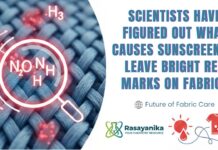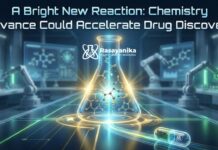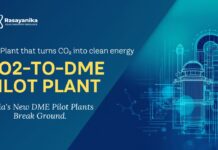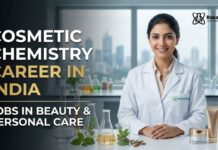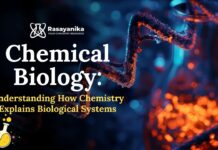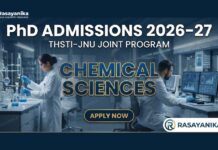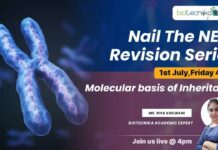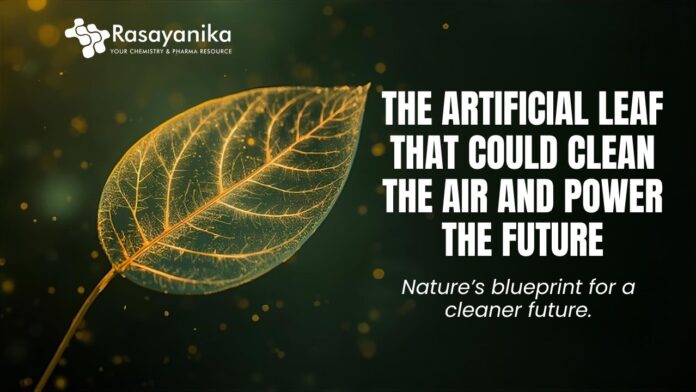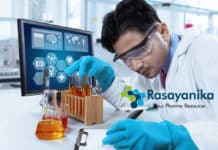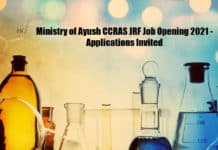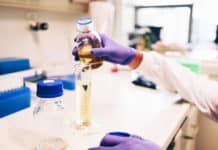The Artificial Leaf That Could Clean the Air and Power the Future
Imagine a leaf that doesn’t just soak up sunlight but also pollution and turns it into clean fuel. Scientists have created an artificial leaf that mimics photosynthesis to transform carbon dioxide, water, and sunlight into renewable energy.
Scientists at the University of Cambridge have developed a breakthrough that can defossilize even the world’s most polluted industries. It is a “semi-artificial leaf” that can mimic photosynthesis, which is a natural process plants use to turn sunlight into energy, but it can do it faster, cleaner, and without toxic materials. This discovery could one day power the industries and help clean the air we breathe, and make a shift toward a sustainable future.
The global chemical industry accounts for around 6% of total carbon emissions. They heavily depend on fossil fuels to create essential materials such as plastics, fertilizers, and pharmaceuticals. Professor Erwin Reisner said, “If we’re going to build a circular, sustainable economy, the chemical industry is a big, complex problem that we must address”. He led the research at Cambridge’s Yusuf Hamied Department of Chemistry.
The Cambridge team’s new device combines organic polymers with bacterial enzymes that can absorb light to transform sunlight, water, and carbon dioxide into formate, which is a clean fuel that has the ability to power other chemical reactions. The system runs entirely on solar energy, without external electricity or toxic additives. This news innovation is a significant improvement over previous artificial leaf models that depended on unstable or hazardous materials.
The breakthrough was published in the journal Joule, marking the first time that organic semiconductors have been successfully used as the light-harvesting component in a biohybrid artificial photosynthesis system.
According to co-first author Dr. Celine Yeung, who completed the research during her PhD, the innovation merges two powerful ideas. “This device combines the best of both worlds – organic semiconductors are tuneable and non-toxic, while biocatalysts are highly selective and efficient,” she explained. “If we can remove toxic components and start using organic materials, we end up with a clean chemical reaction and a single end product, without unwanted side reactions.”
The system’s enzymes come from sulfate-reducing bacteria and can split water into hydrogen and oxygen or convert carbon dioxide into formate. One major challenge was maintaining these enzymes stable without chemical buffers, which tend to degrade over time. To solve this, the researchers embedded a helper enzyme, carbonic anhydrase, into a porous titania structure, enabling the process to work in a simple bicarbonate solution similar to sparkling water.
“It’s like a big puzzle,” said Dr. Yongpeng Liu, co-first author and postdoctoral researcher in Reisner’s lab. “We’ve spent years figuring out how to bring all the components together effectively, and now we’re starting to see the results.”
In tests, the artificial leaf achieved near-perfect efficiency in channeling electrons into fuel-making reactions and operated for over 24 hours, more than twice as long as previous designs. The team hopes to refine the technology to extend its lifespan and adapt it to produce different clean chemicals and fuels.




